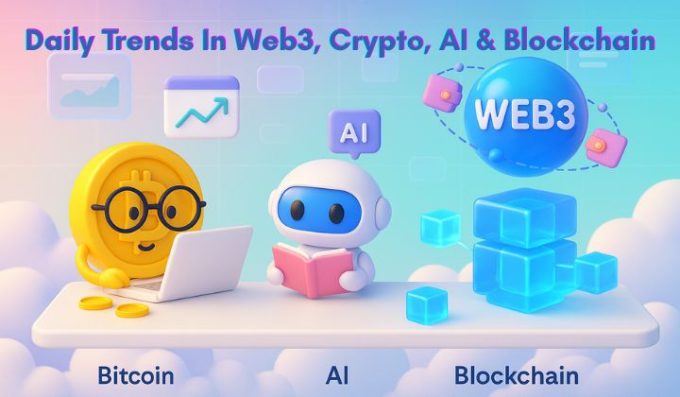Not All NFTs Are Created Equal!
By Ruchi Sharma
Not all NFTs are created equal. The way an NFT is minted, bid on, rendered, purchased, or transferred is critical. Here are a few points to consider ensuring that the process is as long-lasting as possible.
Avoid PoW Blockchains:
The single most important and simplest step is to avoid PoW blockchains. This simple step can significantly reduce an NFT’s carbon footprint. It is preferable to use a proof of stake Blockchain.
Look at the process end to end:
Assessing an NFT’s footprint necessitates a broad, holistic approach that considers all factors throughout the NFT’s lifetime. Rather than concentrating solely on the transaction costs we must also consider the full range of NFT-related activities that touch the blockchain when considering a sale. This includes any on-chain bidding process, the minting and rendering of the NFT itself and any related contracts, as well as any activity or changes to the NFT contract during the ownership period.
Pick a lightweight Blockchain:
When it comes to NFT-capable blockchains, Ethereum isn’t the only game in town. Solana, which currently operates at approximately 2,500 transactions per second, is a fast and cost-effective way to conduct NFT and smart contract transactions through its proof-of-history consensus mechanism. Other currently operational PoS blockchains worth considering include Cardano and Tezos. Some see a broader shift underway in which layer 2 handles most of the transaction volume and “layer 1 will eventually evolve, due to expense, into what’s known as a settlement chain.”
Seek innovative alternatives:
Even popular PoS blockchains may not be sufficient for the smallest possible blockchain carbon footprint. Upper limits on transactions per second and verifier redundancy all add up to slightly more carbon. Taking transactions off the mainchain and onto low-carbon-footprint permissioned chains, layer 2 networks, or sidechains eliminates some of that overhead and further reduces energy requirements. As the industry matures, third-party verification of CO2 footprints will be critical in encouraging the adoption of low-carbon NFT platforms.
Use verifiable offsets:
Sustainable NFT practices begin with reduction. Once we have reached the limits of reducing impact, the remaining impact can be offset, allowing us to achieve net-zero or better. Offset projects can include anything from planting new forests to collecting methane gas from landfills.
Cement commitments:
While technology choices are important, change cannot occur without the participation of stakeholders. CarbonDrop, a successful NFT initiative, involved key stakeholders early in the NFT auction process and decisions about how it would be implemented. This early engagement was critical in getting participants on board and committed to the process.
The group came to an agreement on “Seven Steps NFT Art Platforms Can Take on Climate.” Stakeholder involvement from the start helps pave the way for a project and reduces the risk of negative social media reactions.
You need to login in order to Like













